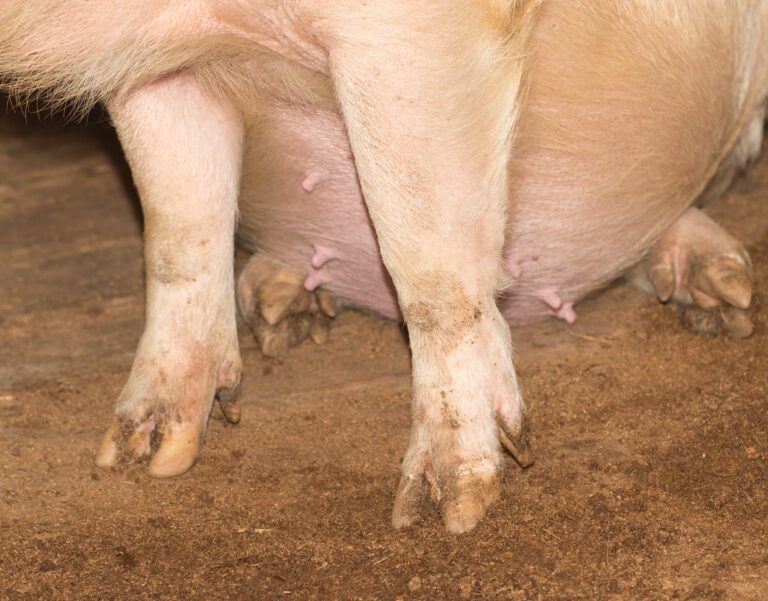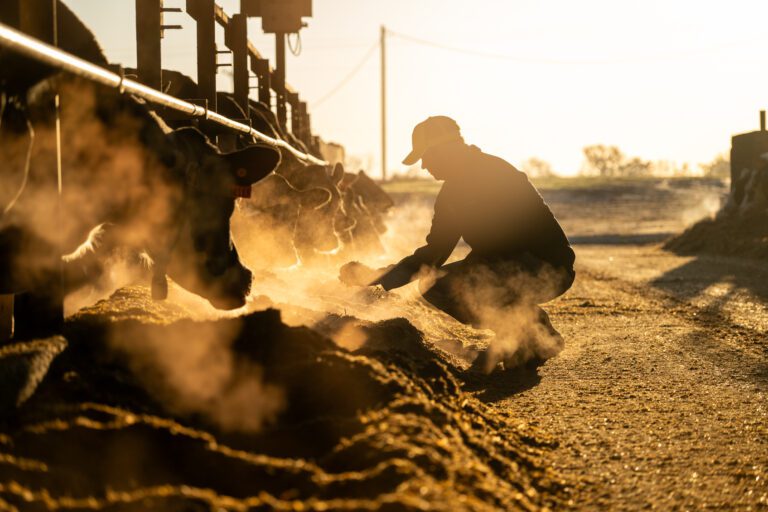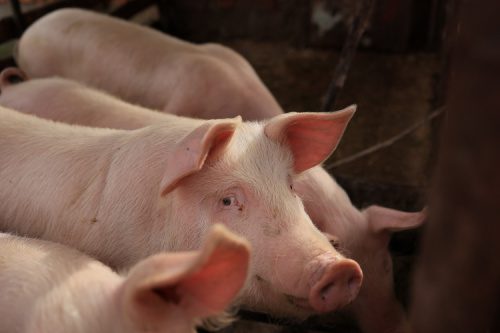Tackle Lameness by Incorporating Nutritional Tools for Early Structural Support
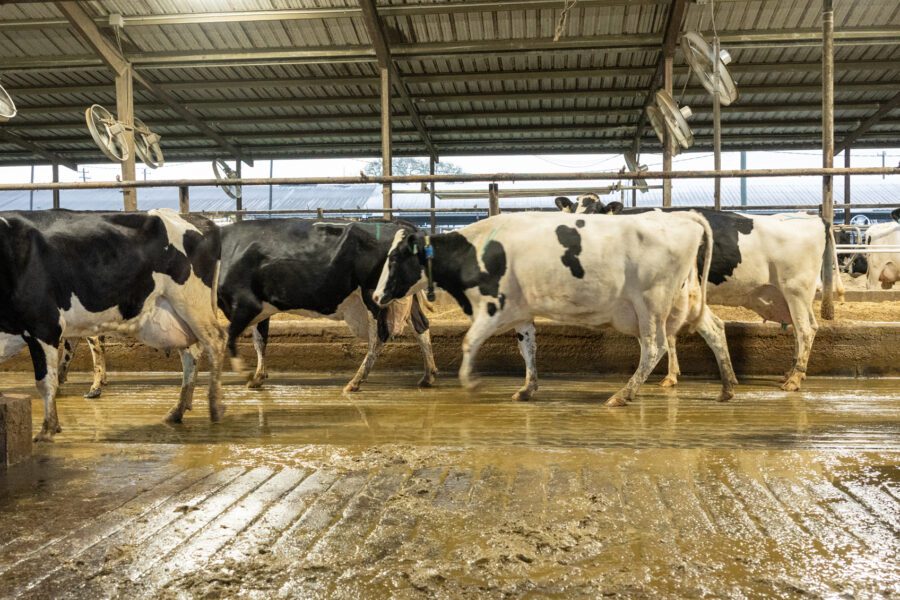
Lameness in dairy herds isn’t just inconvenient; it’s expensive, disruptive, and too often addressed after damage has already been done. Yet, many of the structural issues that lead to mobility challenges begin quietly, long before they’re visible. For nutritionists who want to stay ahead of the curve, early nutritional intervention is the key to long-term performance.
Lameness doesn’t just cost time, trimming, and treatments. It limits feed intake, reduces milk yield, and shortens a cow’s productive lifespan. Once clinical signs emerge, the opportunity for preventative measures has often passed, and the only options left are reactive.
Seeing the Signals Before They Surface
Nutritionists are uniquely positioned to identify, and address, early risk factors for lameness. Supporting hoof and joint development during the early stages of growth in calves and heifers can reduce the incidence of mobility challenges later in life. It starts with supplying the right nutrients, in the right form, and at the right time.
The goal isn’t just to fix lameness; it’s to prevent it from ever limiting performance.
Building Structural Strength from the Inside Out
MINTREX® Bis-Chelated Trace Minerals were formulated with early, internal support in mind. Delivering bioavailable zinc, copper, and manganese from the 2:1 chelation with HMTBa, helps meet the needs of the animals during their critical development periods.
These trace minerals are key players in:
- Collagen synthesis, which reinforces joints and connective tissue2,3,4
- Keratin formation, supporting hoof hardness and integrity2,3,4
- Bone and cartilage development, foundational to long-term mobility2,3,4
Whether it’s a developing heifer or a cow entering transition, strengthening structural resilience starts with mineral nutrition that can actually be absorbed and used.
Closing the Gap Between Growth and Performance
Lameness often becomes visible when cows are under stress—from calving, metabolic demands, or heat stress. But its roots lie farther back: in moments when mineral needs were high and support was insufficient.
By integrating MINTREX® Bis-Chelated Trace Minerals into foundational rations, nutritionists can address three of the most common challenges:
- Delayed recognition of subclinical structural problems
- Over-reliance on treatment instead of prevention
- Inefficient mineral utilization during early development
The result? Cows that stand stronger, walk easier, and produce more, across more lactation cycles.
Delivering on Longevity and Productivity
Every productive day matters. By taking a preventive approach to mobility, nutritionists help their clients avoid the compounding costs of lameness: lost milk, lower fertility, and early culling. The cost of replacing a cow hit a new high in January of 2025 approaching $2,660, up 29% from January of 2024, and with tight heifer inventory, this trend is unlikely to change in the short term1. When mineral nutrition supports structural integrity early, interventions later become less frequent, less severe, and less expensive.
This is how great nutrition pays off—not just in feed conversions, but in the durability and performance of the whole herd.
To learn how MINTREX® Bis-Chelated Trace Minerals can help support proactive lameness strategies, contact your NOVUS representative.
Product availability varies by region. Regulatory conditions may differ by market.
1Schmitz, A. (2025, March 7). Replacement cow prices reach new high in 2025. Ag Proud. https://www.agproud.com/articles/61038-replacement-cow-prices-reach-new-high-in-2025
2 Lean, I.J., C.T. Westwood, H.M. Golder, and J.J. Vermunt. 2013. Impact of nutrition on lameness and claw health in cattle. Livest. Sci. 156: 71-87. DOI: https://doi.org/10.1016/j.livsci.2013.06.006
3 Tomlinson, D.J., C.H. Mulling, and T.M. Fakler. 2004. Invited Review: Formation of keratins in the bovine claw: Roles of hormones, minerals, and vitamins in function claw integrity. J. Dairy Sci. 87: 797-809. DOI: https://doi.org/10.3168/jds.S0022-0302(04)73223-3
4 Fraser, R.D.B., and T.P. MacRae. 1980. Molecular structure and mechanical properties of keratins. Pages 211-246 in The Mechanical Properties of Biological Materials. J.F. Vincent and D. Currey, ed. Cambridge University Press, Cambridge, UK.
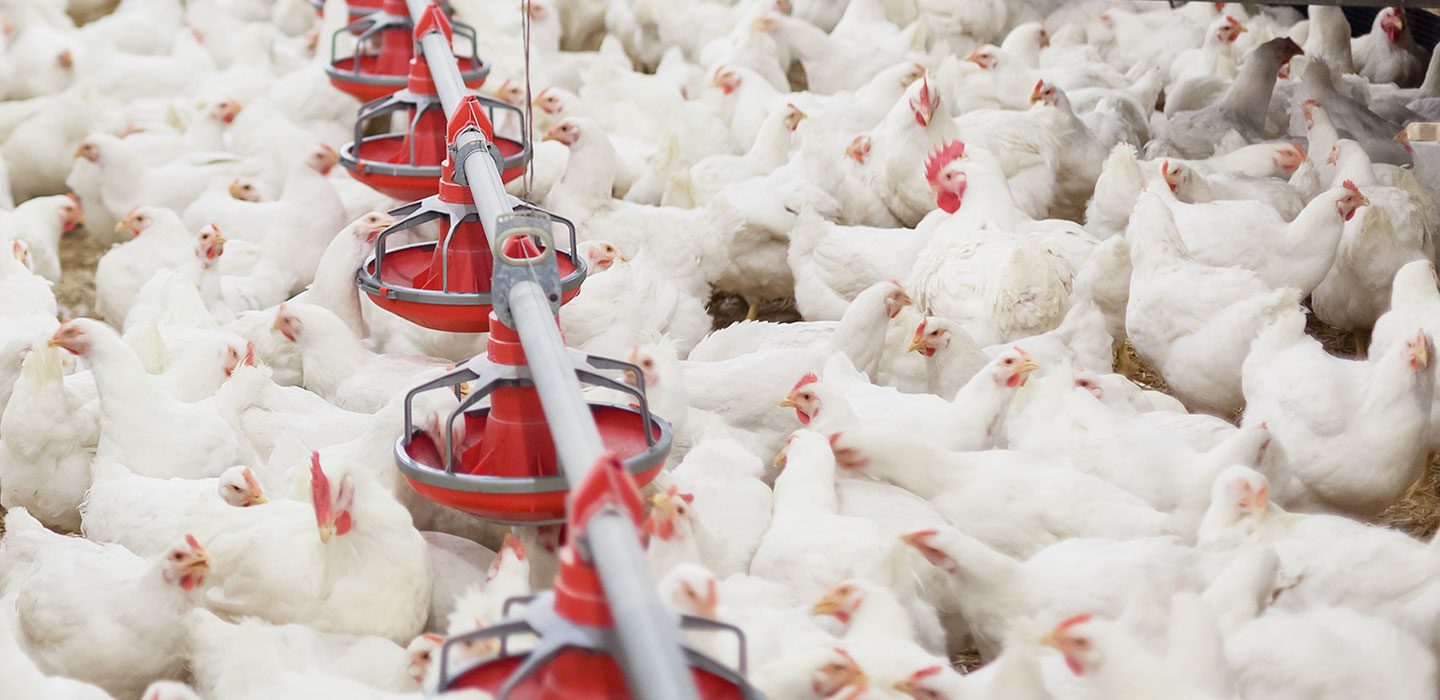
Intelligent Nutrition for Your Business
More science. More insight. More inspiration. More ways for you to feed the world.

